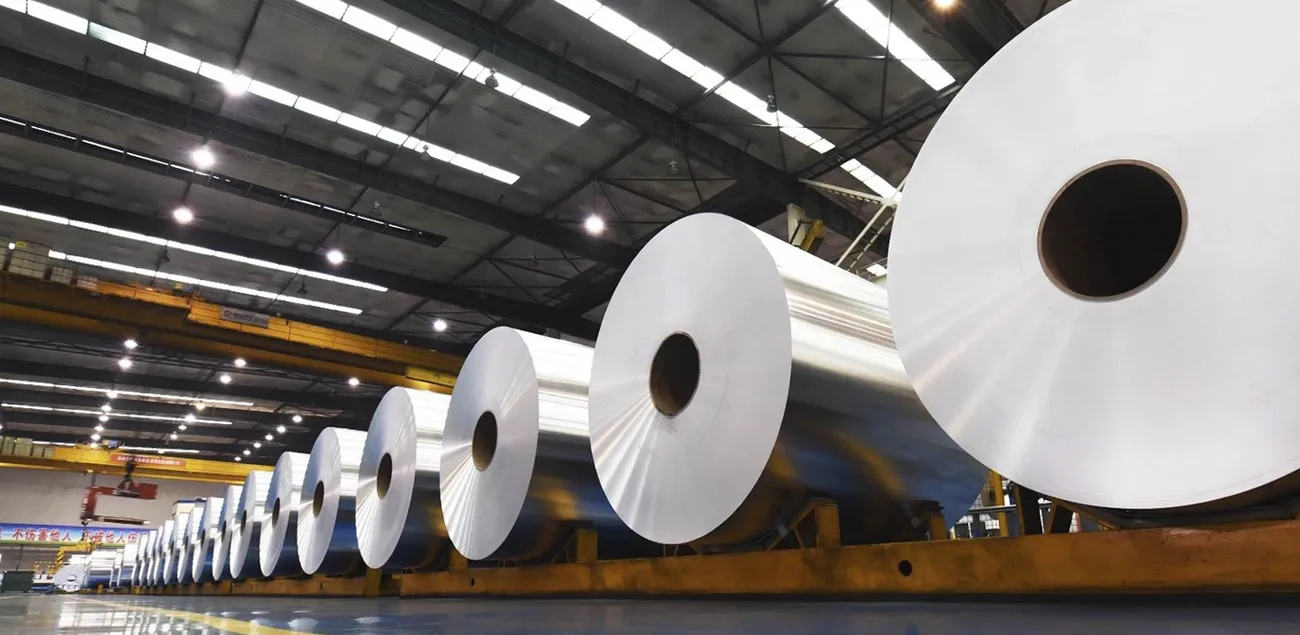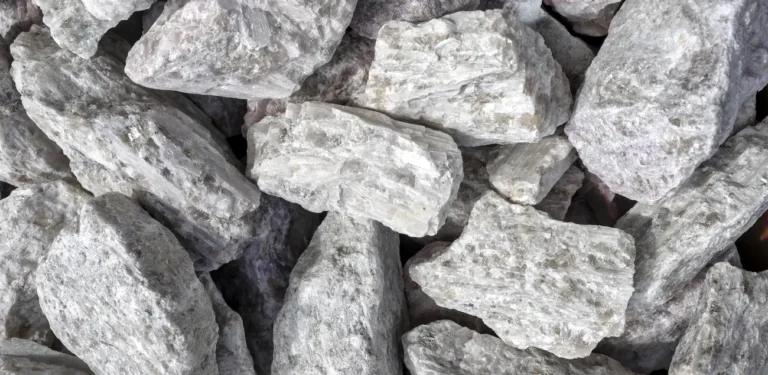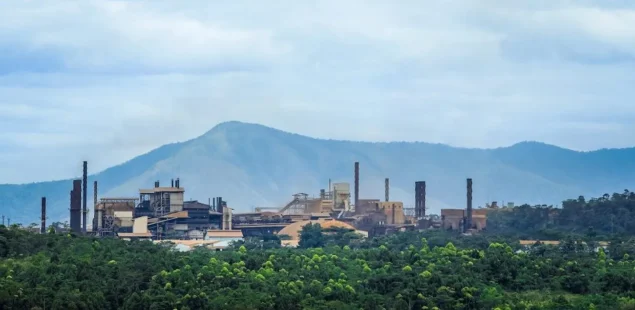
China’s exports of unwrought aluminum and assorted aluminum products have faced downward pressure in 2025, with total exports for the first quarter falling by more than 7% to 1.37 million tons. This structural decline persists despite short-term rebounds driven by favorable price arbitrage, as deep-seated international trade barriers and powerful domestic consumption continue to reshape global trade flows.
Arbitrage Window Fuels Monthly Volatility
The primary catalyst for monthly export volatility is a compelling arbitrage opportunity between the London Metal Exchange (LME) and the Shanghai Futures Exchange (SHFE). When LME aluminum prices trade at a significant premium to those in Shanghai, it creates a profitable export window for Chinese producers and traders, incentivizing the movement of metal out of China.
This dynamic is reflected in specific product categories. Exports of aluminum wire and cable, for instance, have shown resilience, with official data indicating a 16.08% year-on-year rise in cumulative exports from January to April, driven by demand for power grid renovations in regions like Latin America and Southeast Asia. These semi-fabricated products, which receive a VAT rebate, are the primary channel for Chinese aluminum to enter the global market.
Structural Headwinds from Tariffs and Carbon Policies
While arbitrage can drive short-term exports, the broader year-on-year decline highlights the persistent impact of global trade friction. The United States maintains significant tariffs on Chinese aluminum, and in Europe, the Carbon Border Adjustment Mechanism (CBAM) presents a formidable long-term challenge. As the CBAM policy transitions to imposing financial costs from 2026, it will penalize imports with high embedded carbon. Given that a large portion of China’s primary aluminum is produced using coal-fired power, CBAM is prompting European buyers to de-risk their supply chains.
In response, the Chinese government is actively promoting a strategic shift. A plan released by the Ministry of Industry and Information Technology (MIIT) aims to reduce carbon emissions from the aluminum sector by 5% by 2025.
Domestic Demand and the Green Transition
A powerful force tempering exports is China’s immense domestic consumption, driven by its world-leading electric vehicle (EV) and renewable energy sectors. Forecasts from the International Aluminium Institute project that global demand will rise significantly by 2030, with transportation and electrical sectors being major drivers—both areas of strategic focus for Beijing. China’s internal market for these applications provides a stable and profitable alternative to navigating complex international markets, absorbing a vast quantity of the nation’s aluminum output.
Aluminum Market Outlook
The divergence between China’s monthly and annual export figures illustrates a global market in transition. China continues to act as the world’s marginal supplier, able to fill supply gaps when pricing is favorable. However, the long-term trend suggests its role is being constrained by a combination of geopolitical tensions, carbon-focused trade policies, and a robust domestic economy that consumes the majority of its output. The future of global aluminum trade will increasingly be determined not just by price, but by carbon intensity and supply chain security.
Company Background and Market Context
China’s top aluminum producers are reconfiguring their operations in response to these global and domestic pressures. China Hongqiao Group, the world’s largest private producer, is in the midst of a massive relocation of over 60% of its smelting capacity from coal-reliant Shandong province to Yunnan province to access its abundant hydropower. The move is explicitly designed to lower the company’s carbon footprint, a direct reaction to policies like CBAM and a key part of its strategy to market “green” aluminum brands. Similarly, the state-owned Aluminum Corporation of China (Chalco) is focusing on technological upgrades and expanding its market share, buoyed by strong domestic demand for green infrastructure materials.



